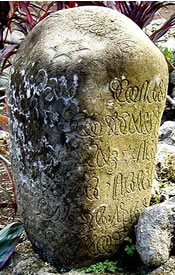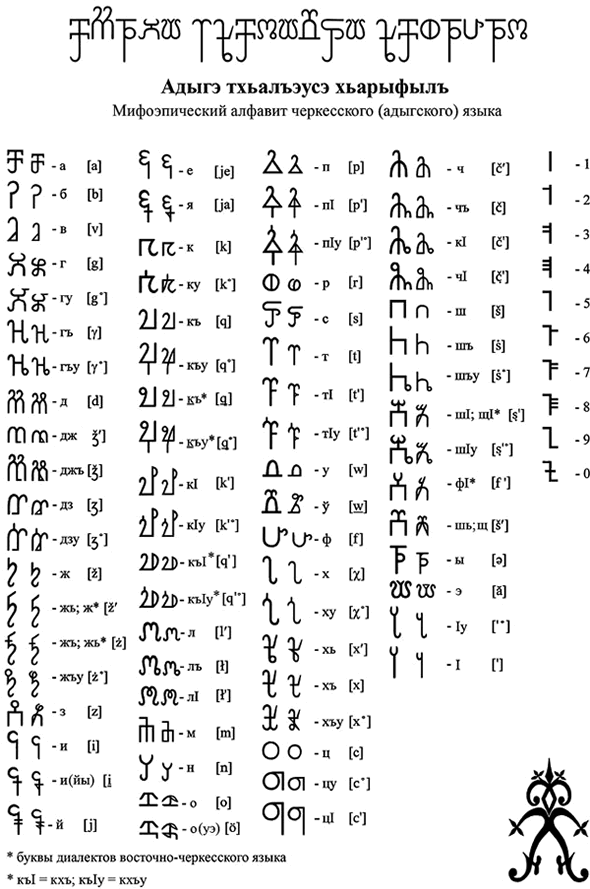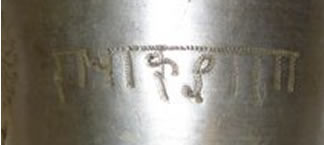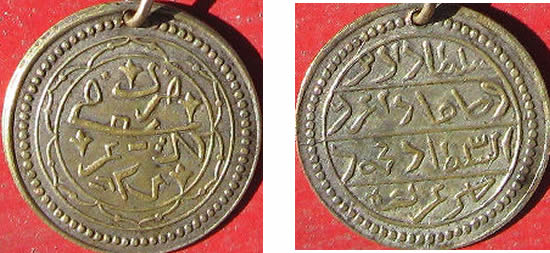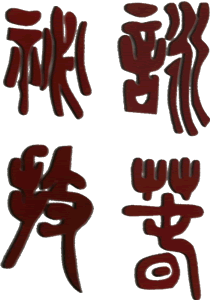Today’s post comes from Tim Brookes
Dear Friends and Colleagues,
My Endangered Alphabets Project is in the process of giving birth to a new phase: the Endangered Alphabets Poetry Project. Let me explain what I’m trying to do.
I’ve written a short, simple poem about the importance of preserving endangered languages in their spoken and written forms. It goes like this:
These are our words, shaped
By our hands, our tools,
Our history. Lose them
And we lose ourselves.
If it makes the translation easier, it could also be written like this:
These are our words, shaped
By our hands, our tools,
Our history. If we lose our words,
We lose ourselves.
I would like to get this poem translated, with your help, into as many endangered languages–in their original scripts–as possible.
I’m hoping that you may be able to translate the poem into any of the world’s minority or endangered writing systems, or, failing that, pass the poem on to someone who can.
I don’t have an urgent deadline. If I could get the first of these translations within a few weeks, I can start working-and if it takes two or three months for them all to trickle in, that’s fine.
Once I have the translations, I’d like to create two pieces of work with them-two different versions of the project.
For one of these versions, I’ll pass the text along to Bob Holman, who has won a substantial grant to have poems projected onto the sides of large buildings in New York. He’s very interested in projecting poems in endangered languages and endangered alphabets.
The other version will be another major carving project. I plan to build a sculpture that consists of four tall pieces of beautiful maple wood, each facing toward a different point of the compass. Each face of the sculpture will display the poem in two, three or four endangered alphabets, depending how many I’m able to collect. This sculpture will then go on permanent exhibition in a major public building in the United States.
I hope very much you’re as interested in this project as I am. If you have questions, please don’t hesitate to ask.
For more information on the Endangered Alphabets, please visit http://www.endangeredalphabets.com.
With very best wishes,
Tim Brookes
Director, Professional Writing Program,
Champlain College, Burlington, Vermont
